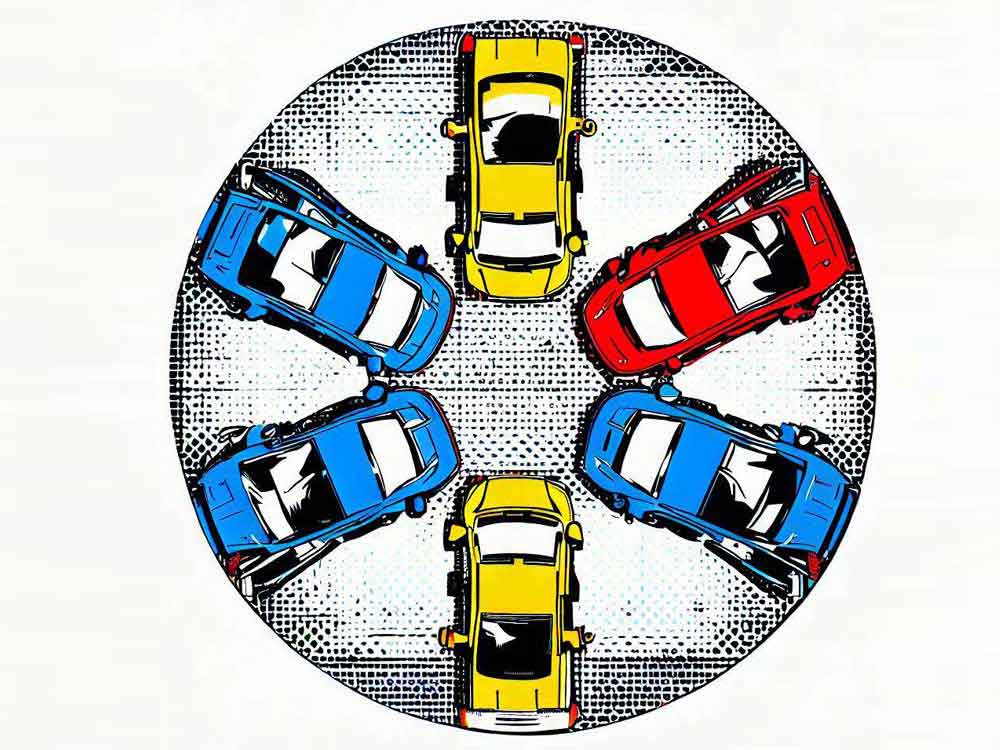Introduction
Is Multi-Car Insurance Cheaper in the UK?
Keeping more than one car?
You might find yourself deep in financial planning.
A frequent question pops up.
Is it cheaper to insure two cars in the UK under one policy?
The answer could be ‘multi-car insurance’.
This solution could be a real game-changer.
It offers potential savings when you add more than one car to a policy.
In this article, we’re deep-diving into multi-car insurance.
We’ll uncover its benefits.
And, its inherent flexibility.
We’ll also highlight the demographic most likely to benefit.
Interested?
Let’s dive in.
Multi Car Insurance: A Deep Dive
Are you juggling multiple insurance policies for different cars?
A real hassle, right?
That’s where multi-car insurance comes in.
It lets you manage all your cars under one insurance policy.
Simplified management, possibly lighter on your pocket.
Not only is it streamlined, but insurance providers also offer discounts for each car added to the policy.
More cars insured, more potential savings.
Enticing, isn’t it?
But is it always the most cost-effective option?
The devil is in the details.
And we’ll explore them in the upcoming sections.
The Flexibility Of Multi-Car Insurance
One word to describe multi-car insurance?
Flexibility.
Yes, all your cars are under one policy.
But that doesn’t mean they all need to have the same level of cover or excess.
Each vehicle can have a different level of coverage.
From comprehensive to third-party only.
The same goes for excess.
It doesn’t have to be a uniform amount across all vehicles.
This means you can tailor the policy to suit each car’s needs and usage.
The Ideal Multi-Car Insurance Customer
Who exactly is multi-car insurance for?
At its core, it’s for households with more than one car.
Families with multiple cars and drivers could find value here.
But it doesn’t stop there.
Couples who each have a car could also reap the benefits.
Individuals with more than one car?
Yes, they’re in the game too.
And let’s not forget people living in shared households.
They can pool their cars together under one policy.
And potentially enjoy the discounts offered.
Up next, we’ll discuss when multi-car insurance may not be the cheapest option.
We’ll look at factors influencing the cost of premiums.
And strategies to reduce your multi-car insurance premiums.
Stay tuned…
When Multi-Car Insurance May Not Be The Cheapest Option
The promise of multi-car insurance.
Lower premiums for all your vehicles.
But remember, there’s a catch.
The cost-effectiveness hinges on a few factors.
The types of cars included in the policy, for instance.
A sports car and a family sedan won’t carry the same premium.
Age and driving history of the drivers involved also play a big role.
And guess what?
The location of your household can also affect the premium.
Yes, you read that right.
Areas with higher crime rates could increase the premium.
That’s why it’s essential to keep a balanced view.
Sure, multi-car insurance could save you money.
But it’s not a one-size-fits-all solution.
How To Make Multi-Car Insurance Cheaper?
Feeling a bit disheartened?
Don’t worry.
There are ways to reduce your multi-car insurance premiums.
Changing the types of cars can be one approach.
Opting for safer, less sporty models can lower premiums.
Boosting your cars’ security could also help.
Think tracking devices or secure parking.
You can also consider adjusting the excess.
Higher voluntary excess can lower the premium.
But remember, this is the amount you’ll have to pay in the event of a claim.
Another good strategy?
Adding experienced drivers to the policy.
Their good driving records could lead to lower premiums.
But be careful.
They need to be actual drivers of the car.
Otherwise, it’s “fronting”, and that’s illegal.
Conclusion
So, is Multi-Car Insurance cheaper in the UK?
As we’ve seen, it can be.
It offers potential savings.
And it simplifies the management of your car insurances.
But it’s essential to keep your eyes open.
And consider the influencing factors.
Every household is different.
And so are the potential savings.
That’s why we recommend comparing quotes for multi-car and individual car insurances.
It’s the only surefire way to find the most affordable option for you.
Want to learn more about how to save money on car insurance?
Check out our guide on how to switch car insurance for potential savings.
Or, if you’re a young driver, don’t miss these tips on saving money.
Happy savings!





